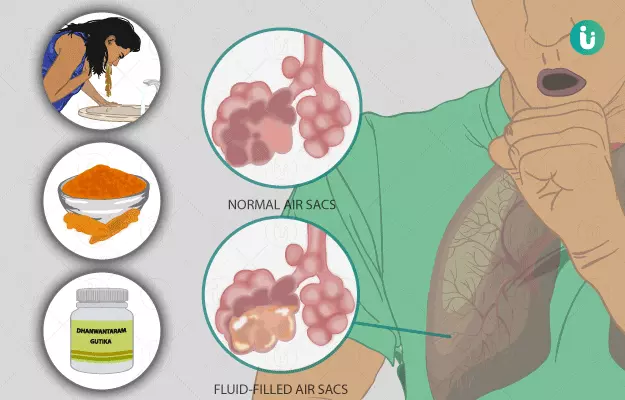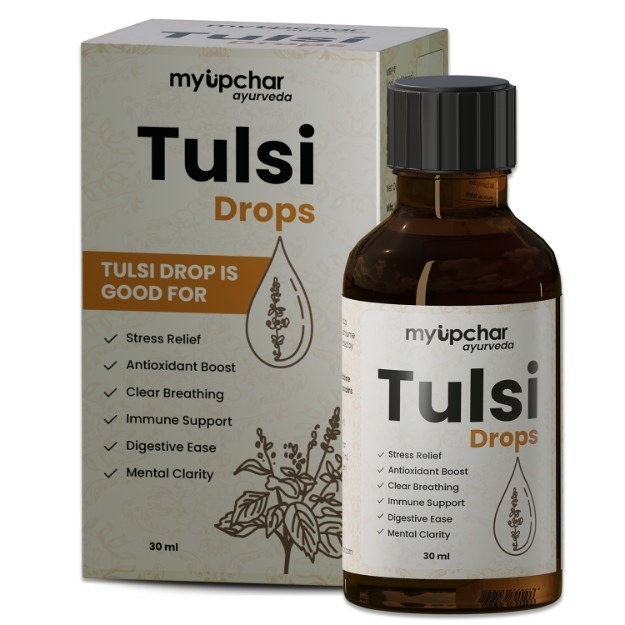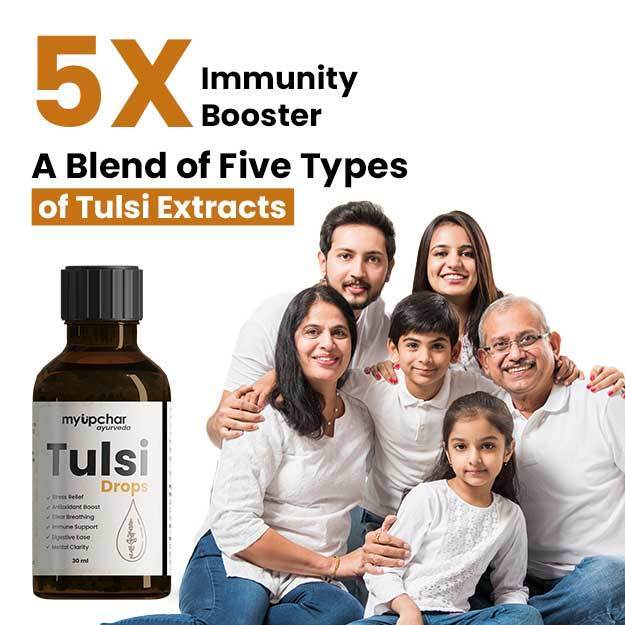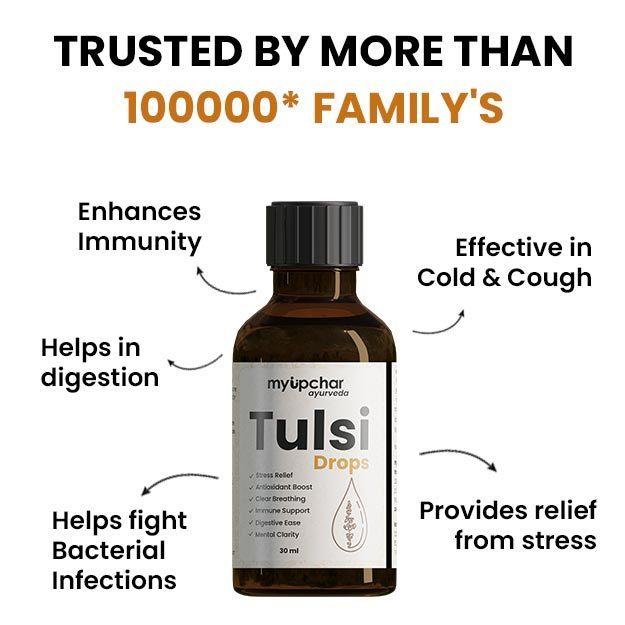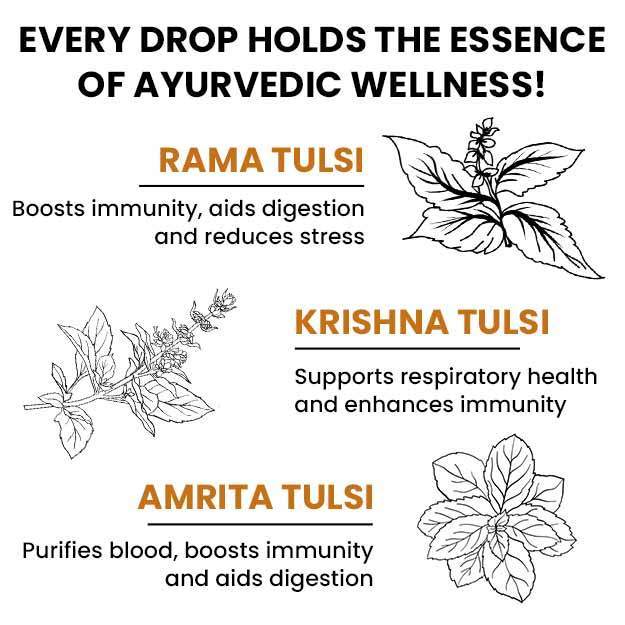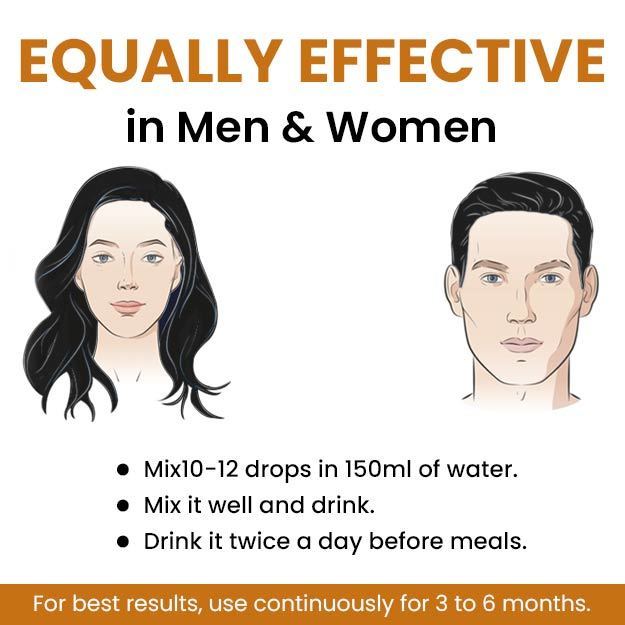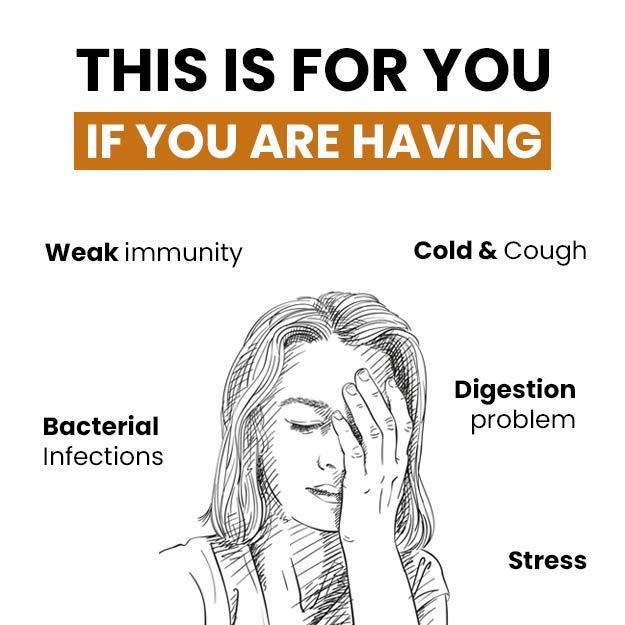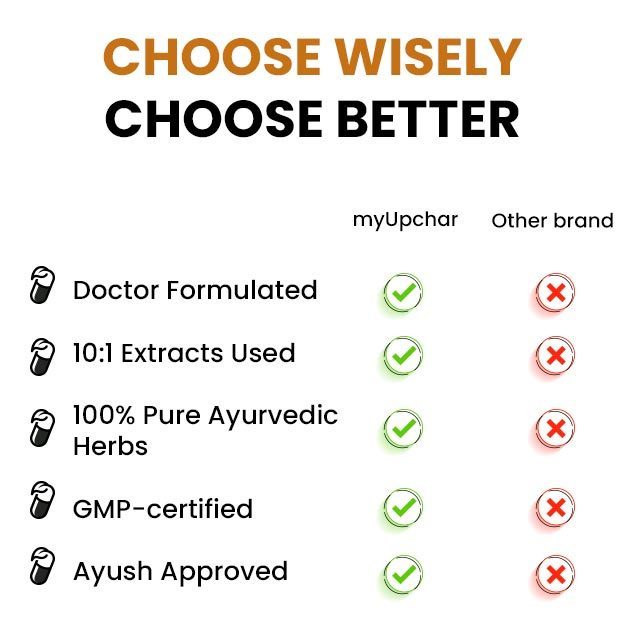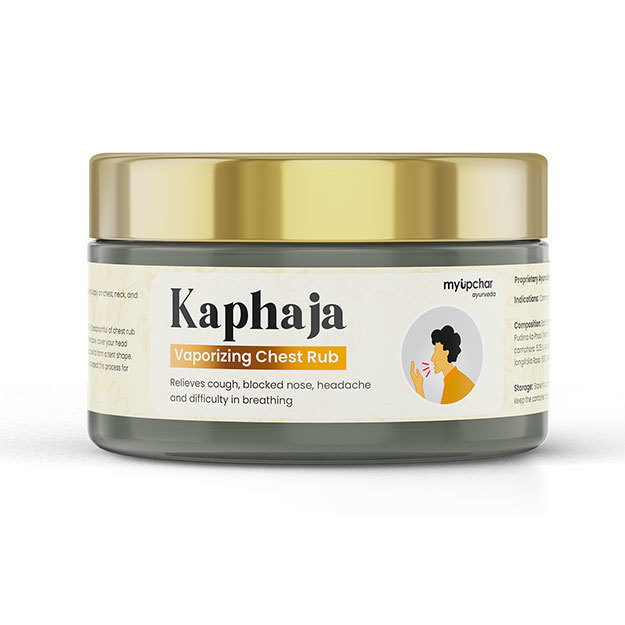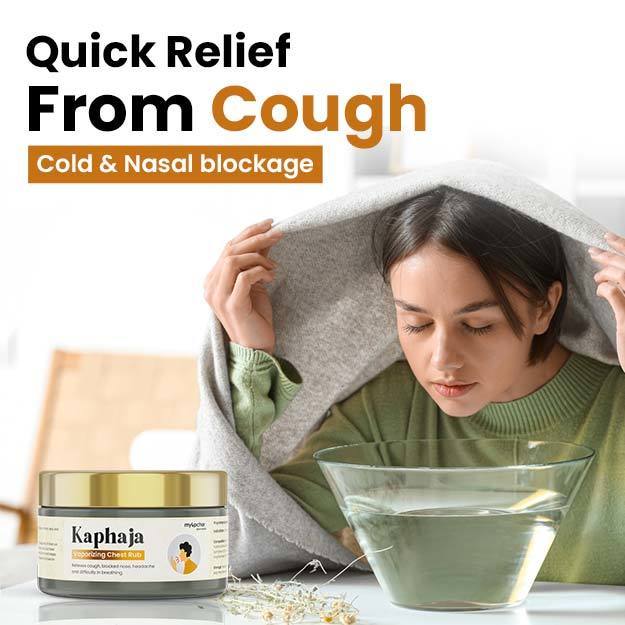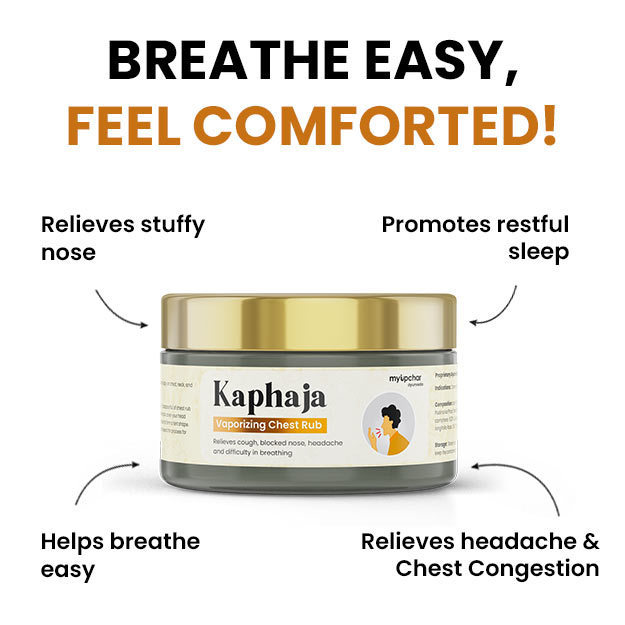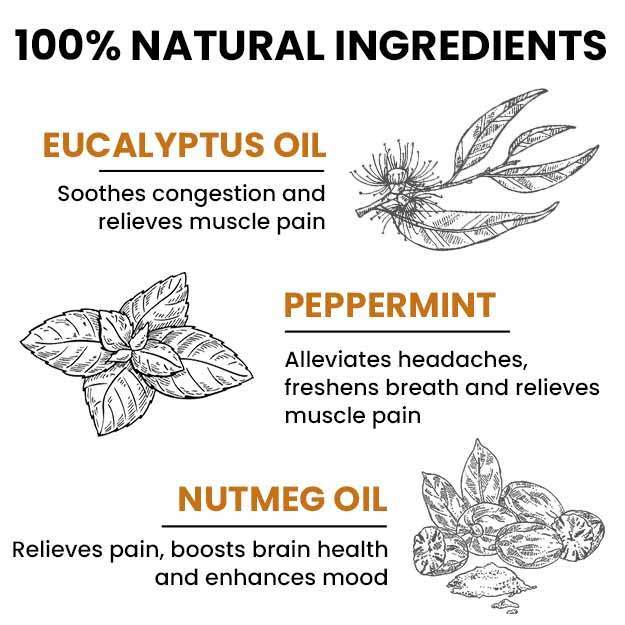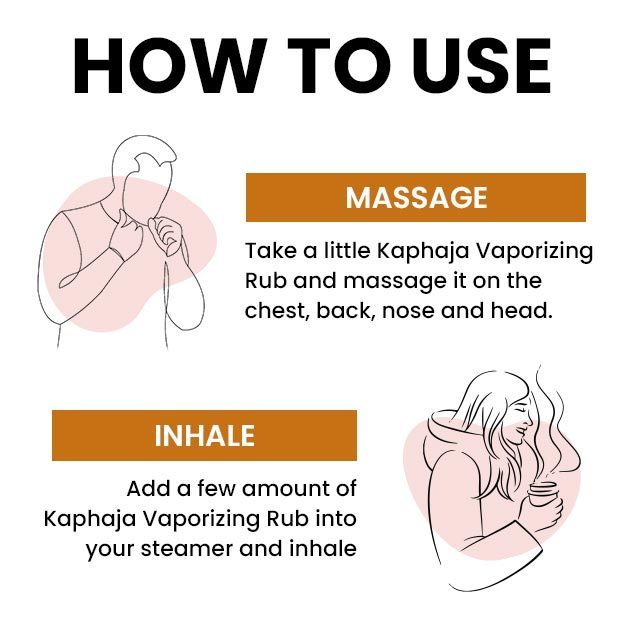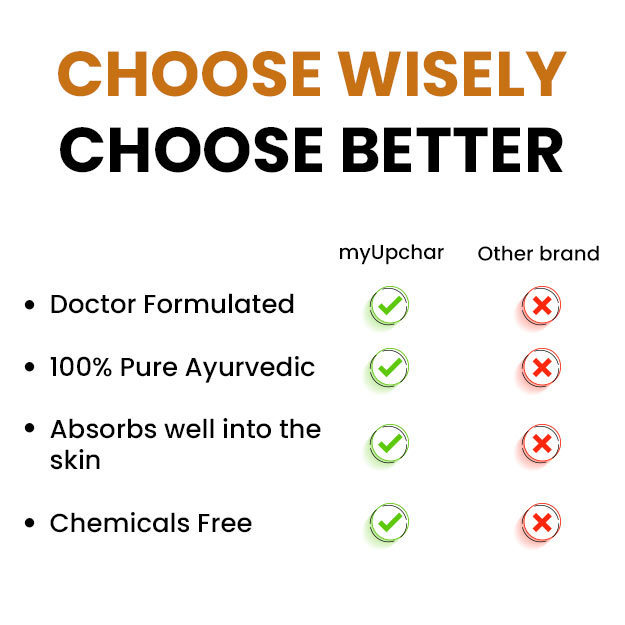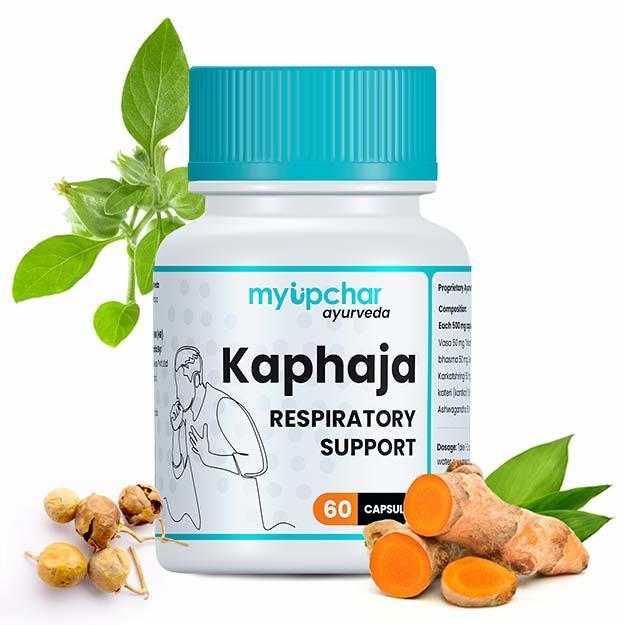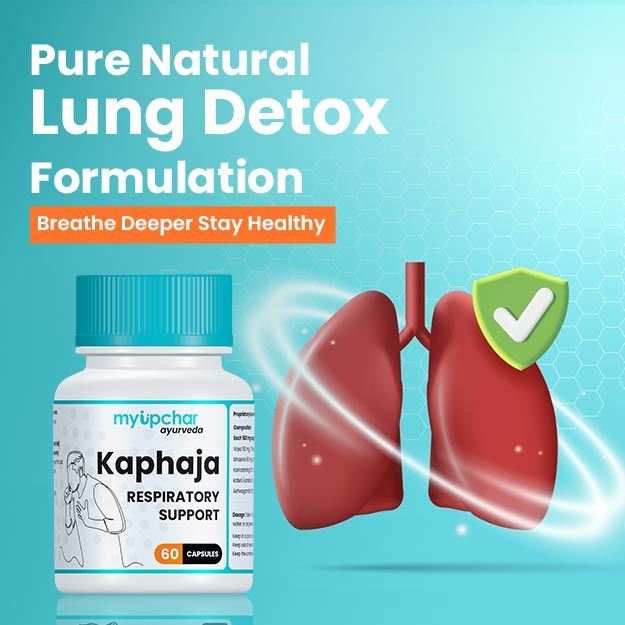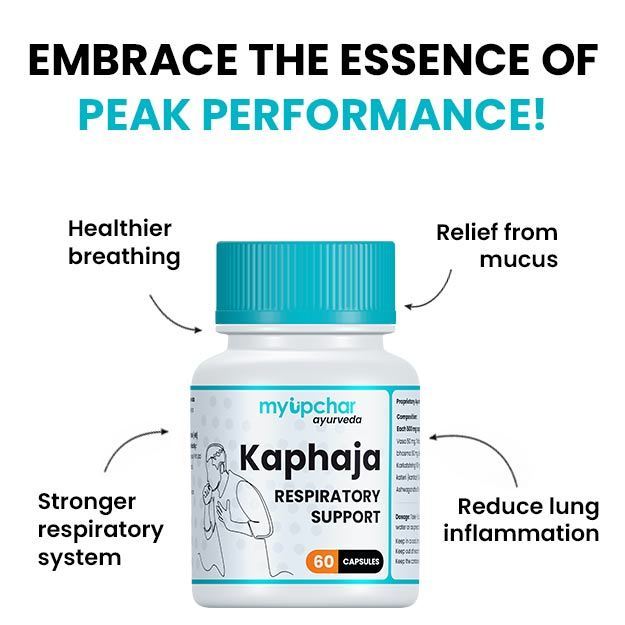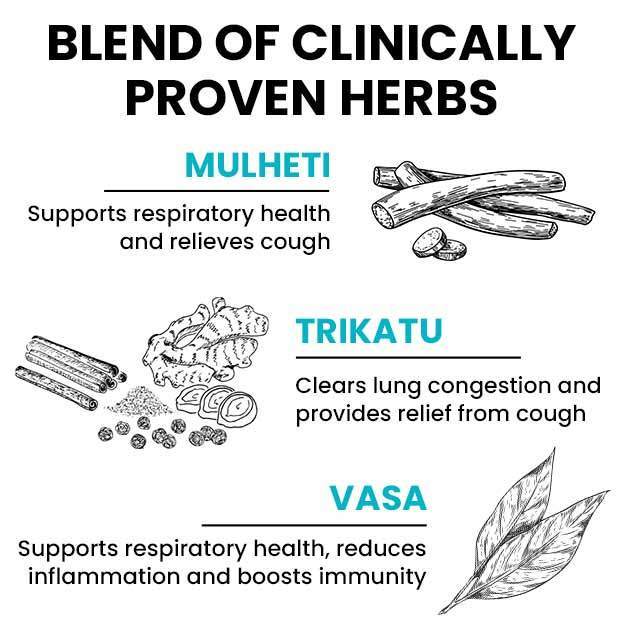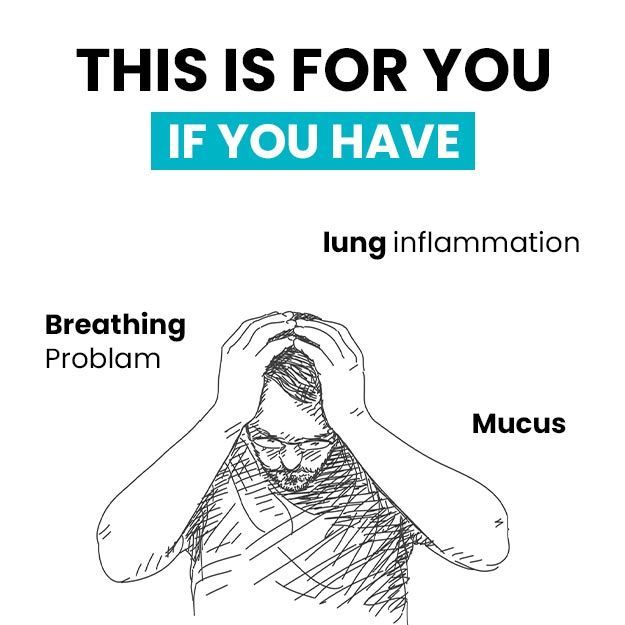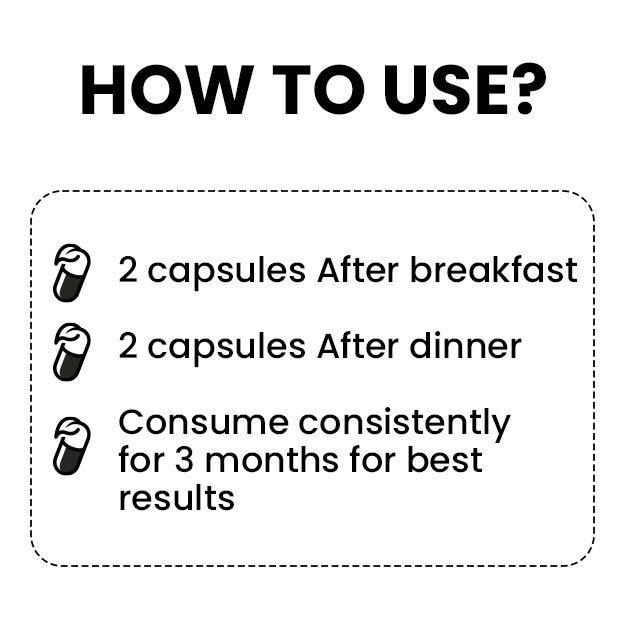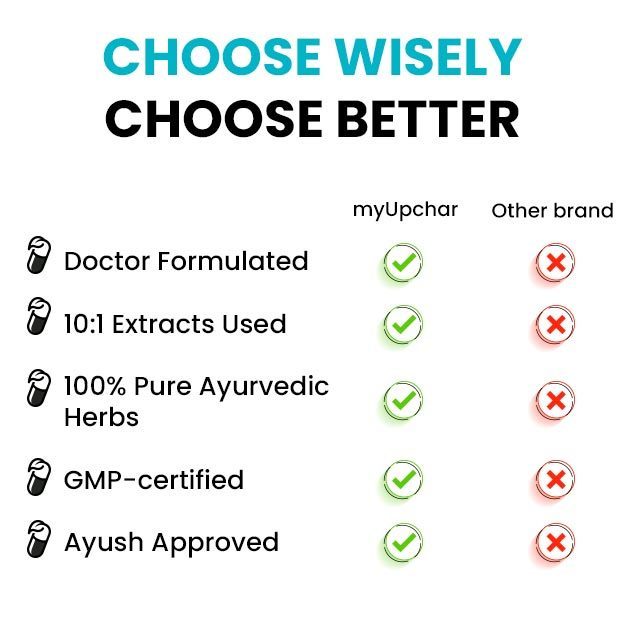Mucous is an unctuous, sweet, slimy, cool and soft substance that is produced by the body for protecting, and lubricating the internal viscera. Phlegm is as a thicker and more viscous form of mucus, which is produced due to various factors such as allergies, infections, smoking, and lung diseases. Stagnated food and gastric reflux may also cause excess mucus production and phlegm.
As per Ayurveda, phlegm is akin to vitiated kapha. Ayurveda describes panchakarma (five therapies) method of vamana (medical emesis) with herbs like vacha (calamus), khadira (black catechu) and vasa (Malabar nut) to eliminate phlegm from the body. Ayurvedic formulations of pippalyadi kwatha and shatyadi leha are also useful in reducing phlegm. Eating light foods and avoiding cold and contaminated foods along with following lifestyle changes such as quitting smoking helps prevent respiratory conditions that lead to production of phlegm.

